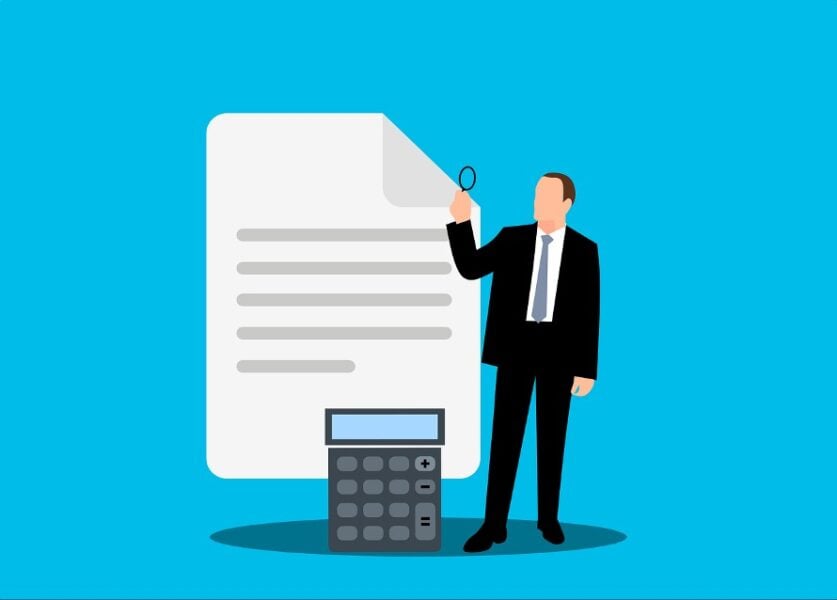Summary: A new study reveals that New York’s 2010 False Claims Acts amendment, which protects and rewards corporate tax whistleblowers, has significantly reduced tax avoidance among businesses. The law has generated an additional $281 million annually in state tax revenue, with a remarkable return on investment exceeding 3,000%.
Journal: Management Science, August 14, 2024, DOI: 10.1287/mnsc.2023.02999 | Reading time: 4 minutes
Tackling the Tax Gap
With the federal tax gap reaching a staggering $696 billion in 2022, states are searching for effective ways to ensure corporations pay their fair share. New York’s innovative approach to this challenge has caught the attention of researchers, who have uncovered compelling evidence of its success.
The state’s 2010 amendment to its False Claims Acts (FCA) offers whistleblowers up to 30% of recovered delinquent taxes while protecting them from retaliation. This approach has proven remarkably effective, as demonstrated in a recent study published in Management Science.
Measuring the Impact
Researchers from multiple universities examined hundreds of companies subject to New York’s FCA, analyzing financial data from 2005 to 2015. The results were striking. “These whistleblower laws do work, and they’re reasonably inexpensive from a government perspective,” said Aruhn Venkat, assistant professor of accounting at Texas McCombs.
The study found that companies increased their state effective tax rates by 7.1% after the law’s passage. Even more notably, the most aggressive tax avoiders increased their rates by 34.9%.
Real-World Success
The law’s effectiveness is illustrated by significant cases. In 2018, Sprint paid $330 million to New York’s attorney general to settle a tax fraud case, with $63 million going to the whistleblower.
The research revealed that the law works through two complementary mechanisms. “Just the passage of the law will deter state tax avoidance. So, you don’t need only whistleblower events to deter firms,” Venkat explained.
Challenges and Limitations
However, the study also identified potential drawbacks. Companies with minimal presence in New York responded by reducing their operations in the state, though larger established businesses maintained their presence.
The researchers also noted risks for whistleblowers themselves. “It can still be a raw deal for employees who are whistleblowers, because they do end up being fired fairly often, even though that’s illegal,” Venkat said.
Glossary:
- Tax Gap: The difference between taxes owed and taxes paid on time
- False Claims Acts (FCA): Legal framework allowing whistleblowers to report tax fraud
- Effective Tax Rate: The share of income paid in taxes
- Special Purpose Entities: Separate companies sometimes used for tax avoidance
Quiz:
- What percentage of recovered taxes can whistleblowers receive under New York’s law?
Answer: Up to 30% - How much additional annual tax revenue did the law generate for New York?
Answer: $281 million - By what percentage did the most aggressive tax avoiders increase their tax rates?
Answer: 34.9% - What was the return on investment for New York’s whistleblower program?
Answer: Over 3,000%
Enjoy this story? Get our newsletter! https://scienceblog.substack.com/
If our reporting has informed or inspired you, please consider making a donation. Every contribution, no matter the size, empowers us to continue delivering accurate, engaging, and trustworthy science and medical news. Independent journalism requires time, effort, and resources—your support ensures we can keep uncovering the stories that matter most to you.
Join us in making knowledge accessible and impactful. Thank you for standing with us!

